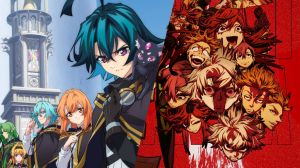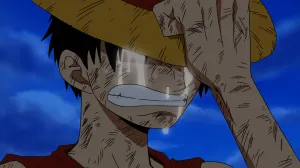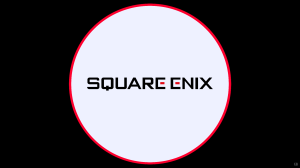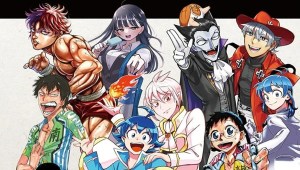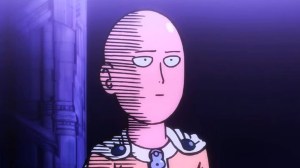Let’s go back to where it all started now…And I have a lot to say, so this is going to run two parts.
Videos by ComicBook.com
There are two ways to read Youngblood.
The first is with a keen critical eye as to motivation and originality of character, tightness of plot, and a sense of purpose.
The second is to read it for the cultural artifact it is, the time it was produced in, and the zeitgeist that it captured so wonderfully.
Think “Youngblood as marketing icon.”
Because in every way it fails the first part, it wildly succeeds in the second.
“Youngblood” #1 is not a great traditional comic book.There’s barely a plot, and what’s there is a thinly veiled excuse to show each character for the first time and not much else.
But to read this comic like that is to miss the point of the comic.If you can’t giggle with joy at the sight of Chapel with a thousand Liefeldian pouches and big futuristic guns in each hand and whatever those things are sticking out of his back, you might want to click away now.

A Personal Reminiscence
In 1992, I was a certified fanboy of most of the Image founders.Full disclosure: I didn’t read “Guardians of the Galaxy” and wasn’t a big Whilce Portacio fan.Everyone else involved had drawn some of my favorite comics in the four years I had collected them, so I was on board.
I couldn’t wait for “Youngblood”.I called a local comics shop every week for what must have been two months before they gave me the happy news that it had finally come in.
Just to show you what a different world it was for non-Big Two comics back in those times, half the time I asked for “Rob Liefeld’s Youngblood,” the person answering the phone had no idea what I was talking about.
And, as a sign of the times, the store I picked up two copies of that first issue from had an entire wall of shelving dedicated to copies of the book.I’m talking at last 24 feet of rack space devoted to “Youngblood” #1.It was a mall store, and they took these big releases seriously.
A Critical Review
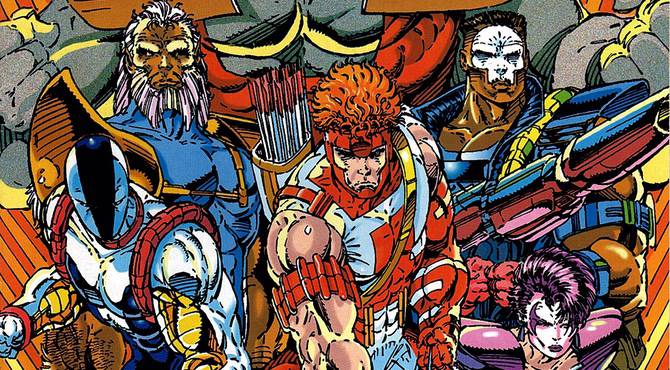
“Youngblood” #1 was a celebration, as much as a comic.It symbolized the beginning of something new and exciting. That thing I had obsessed over for months was finally in my hands.
A critical review of the issue would have to pan it. It’s a complete mess.Split into two books, one fails to tell a story. It would be an impossibility to introduce that many characters into one comic and still have it make sense. Keep in mind that “Youngblood” #1 introduced two different teams of Youngblood characters (at least six on each side), plus two supervillain teams and assorted supporting characters.
In the “home team” side, we see Shaft take out (literally kill) a random bad guy while on a date at the mall, before the whole team is called to order to fight a superpowered prison break that’s never actually seen in the pages of the comic.But when they leap into action, it is an awesome and dynamic double page spread. It’s all worth it for that moment.(I believe they made pogs or pins out of that splash.Because 1992.)
On the “away team” side, the villains are less numerous. It’s a Saddam Hussein analogue (this is 1992, after all) being taken out by the team, after they brawl their way past his armored goons.
The Away Team mission is actually the far better half of the book, in that it contains a complete story, with the single best page of storytelling that perhaps Liefeld had ever done at that point.
25 Year Old Spoilers: After Psi-Storm violently and brutally kills the Hussein lookalike, the rest of the team walks in or wakes up to see the mess he’s left behind.This sequence is something straight out of Bwah-Ha-Ha era “Justice League.”

Already, I like this team more. Psi-Storm becomes an interesting character: The murderous bad guy you keep close to prevent him from doing something massively bad, yet who has a sense of humor about the whole thing.It’s nuts, but it works.
This is also at a time when The Punisher was supporting a ridiculous number of books every month, so the anti-hero thing worked well for him.
Part of me right now wants to write a “Youngblood” as Giffen/DeMatteis “Justice League” script.I am working very hard at holding myself back…
The Excited View
“Youngblood” was created for the audience that fell in love with Liefeld through “X-Force”. They were likely mostly in Liefeld’s age group at the time, perhaps a few years younger. Yes, that includes me.
And here was a superhero team that felt legitimate. It wasn’t some random no-name company copying Marvel and DC. It was the creators from Marvel and DC striking out on their own and creating their own characters to tell stories that could do more things than Marvel and DC would allow.
Yes, that’s walking a fine line, I know, but it’s the truth. You can see a lot of echoes from each of the Image Founders’ Marvel work in their Image work. That provided fans a certain visual continuity that they could grab onto.

Suddenly, an entire new universe was jumping to light as we watched, and the creators were obviously excited about this, too, because they overloaded many of their early issues with new characters.
Seeing 22 pages of Rob Liefeld designs jumping across the page was exciting. The book was fun, with characters bouncing around and looking cool. I wanted to see them all, and I did. Proper introduction and character traits and origins and all the rest could wait. “Youngblood” #1 is what it needed to be: an advertisement for all the things Youngblood could be.
Even when all we saw of them was two panels’ worth of them using their powers and making some pun of their name in the heat of battle, it was awesome. It was enough to spark your curious and creative mind.
Things would flesh out as we went along, right?
Not exactly, but we’ll talk more about that next week, in part 2…
Click over to PipelineComics.com later this week for more Youngblood images and fun, too.
PipelineComics.com|| Twitter || Instagram || E-mail



